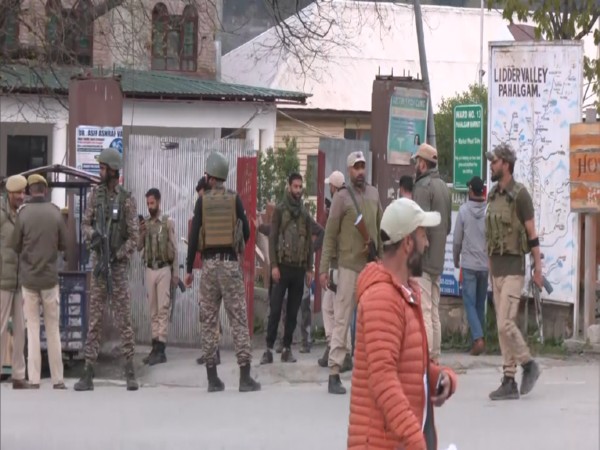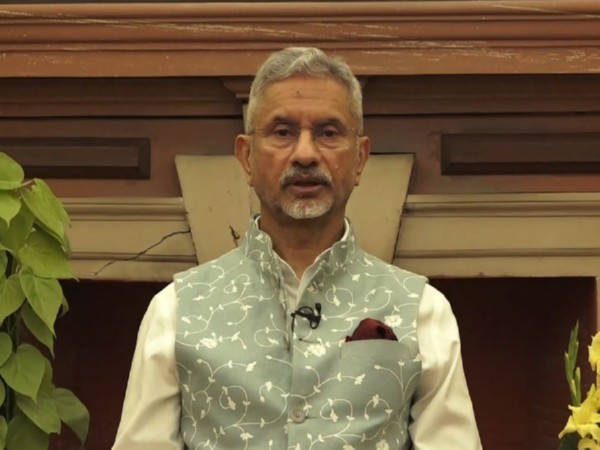Inaccessible made Accessible: How Ropeways are promoting heritage tourism in India
Apr 20, 2023

New Delhi [India], April 20 (ANI/ATK): World Heritage Day is celebrated annually on April 18th to highlight the importance of cultural heritage and diversity. India, a country with a rich and diverse cultural heritage, has always been a top destination for heritage tourism. The introduction of ropeways in some of the most famous heritage sites has transformed the tourism potential of some lesser known sites.
Ropeways are a mode of transportation that involves cable cars suspended in the air and moving between the lower and upper stations (or vice versa). They have been used for transportation in many mountainous areas worldwide. However, in recent years, ropeways have gained popularity as a mode of tourism transportation, especially in India. Some of India's most popular ropeway projects are in Pushkar (Rajasthan), Gangtok (Sikkim) and Chitrakoot (Madhya Pradesh), Digha (West Bengal) and many more. The ones listed are managed by Damodar Ropeways & Infra Ltd.
The opening of these ropeways has not only eased people's access to the hinterlands in these regions, but they have also increased the influx of tourists, boosting the economy and promoting growth. The installation of ropeways has also made heritage tourism more accessible for people with disabilities and the elderly. These groups of people often find it challenging to climb steep hills and stairs to reach the heritage sites and temples or even view the heritage landscape from the air. The Ropeways have also allowed families with small children to access the heritage sites, making it a more family-friendly experience. Ropeways are safe and extremely reliable mode of transport.
The success of the Damodar Ropeways projects in Digha, Pushkar, Gangtok and Chitrakoot, among others, has paved the way for more regions to explore the possibility of installing ropeways in popular heritage sites.
As India continues to promote tourism, it is essential to make heritage sites accessible to everyone, and ropeways are an excellent way to achieve this goal when mountains are concerned. It has also recently been looked upon as a means of eco-friendly modern urban transport. Adding these to forts and castles instead of making roads to them, will help bring the heritage sites closer to the reach of families and tourists. The introduction of ropeways has eased people's access to heritage sites and helped the preservation of cultural heritage and diversity. The convenience of ropeways has made it possible for more people to visit heritage sites, promoting tourism and preserving them.
The impact of ropeways in the heritage tourism industry has been significant in preserving the status quo without needing to make large roads and allied infrastructure by digging up entire hillsides and thereby destroying the cultural values of these locations. As the country celebrates World Heritage Day, it is an excellent opportunity to appreciate the importance of preserving cultural heritage and diversity. We must continue to encourage the installation of ropeways in popular heritage sites to enhance tourism and preserve the rich cultural heritage of India.
Attributed by: Aditya Chamaria, Managing Director, Damodar Ropeway and Infra Limited (DRIL)
This story has been provided by ATK. ANI will not be responsible in any way for the content of this article. (ANI/ATK)




















